RED FLAG 20-1 - Nellis AFB / Nevada
Update: 2020/02/09 all images & content by Shawn Clish / CHK6
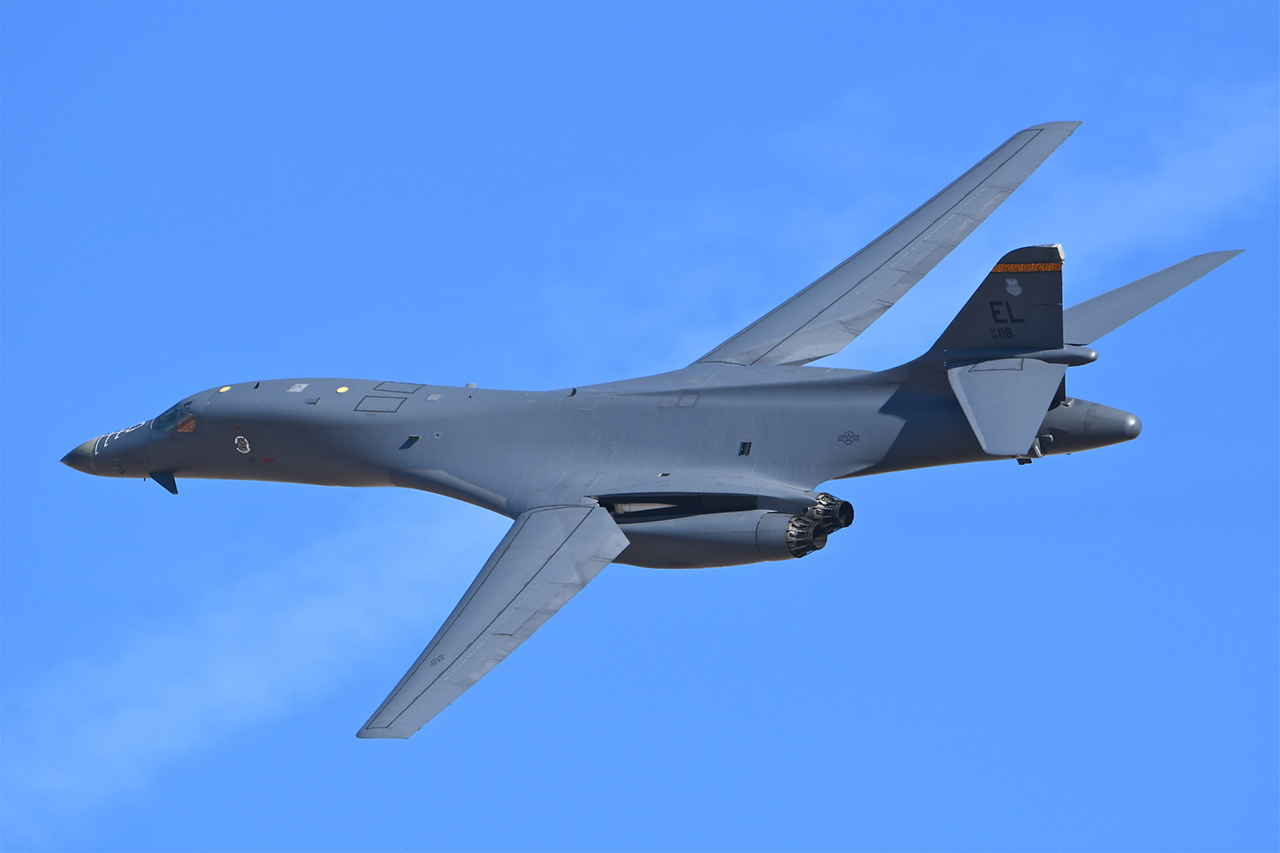
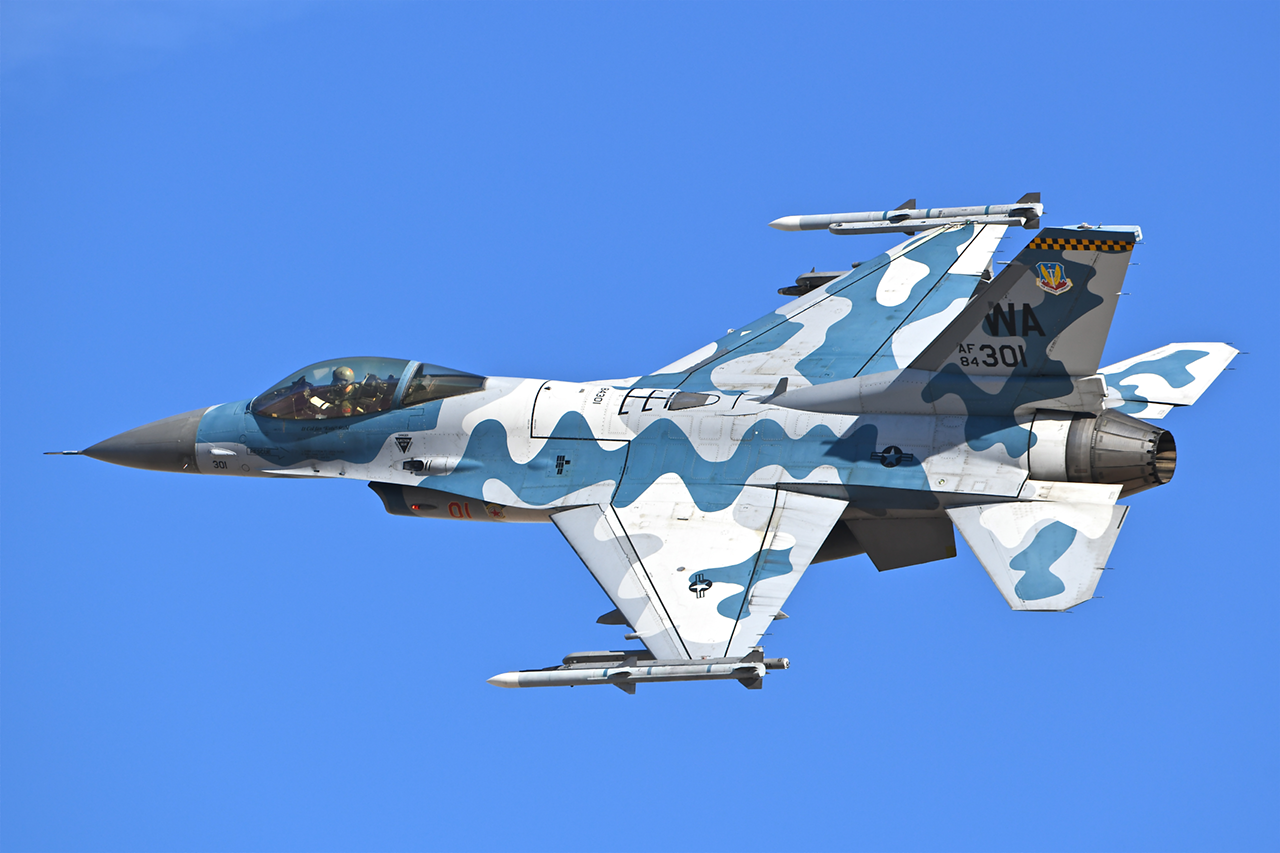
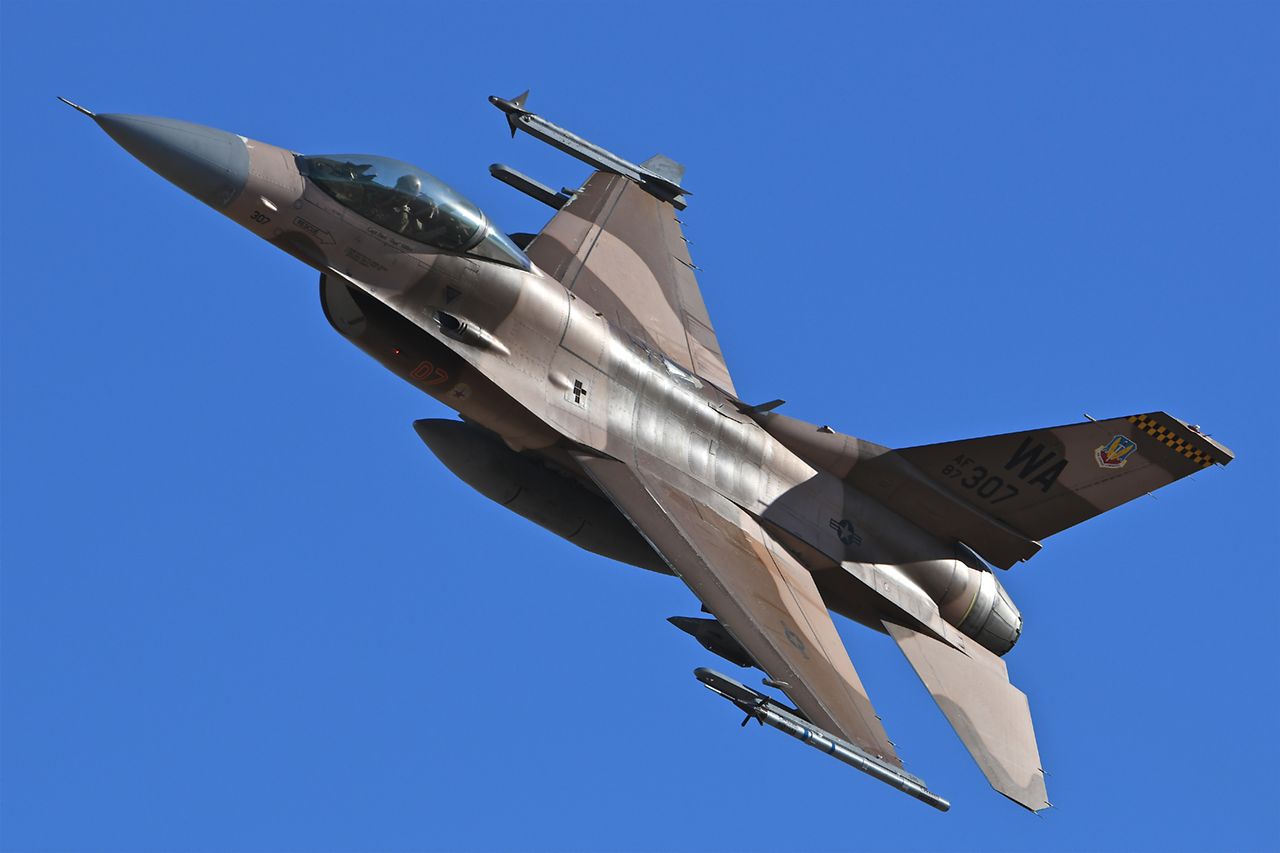
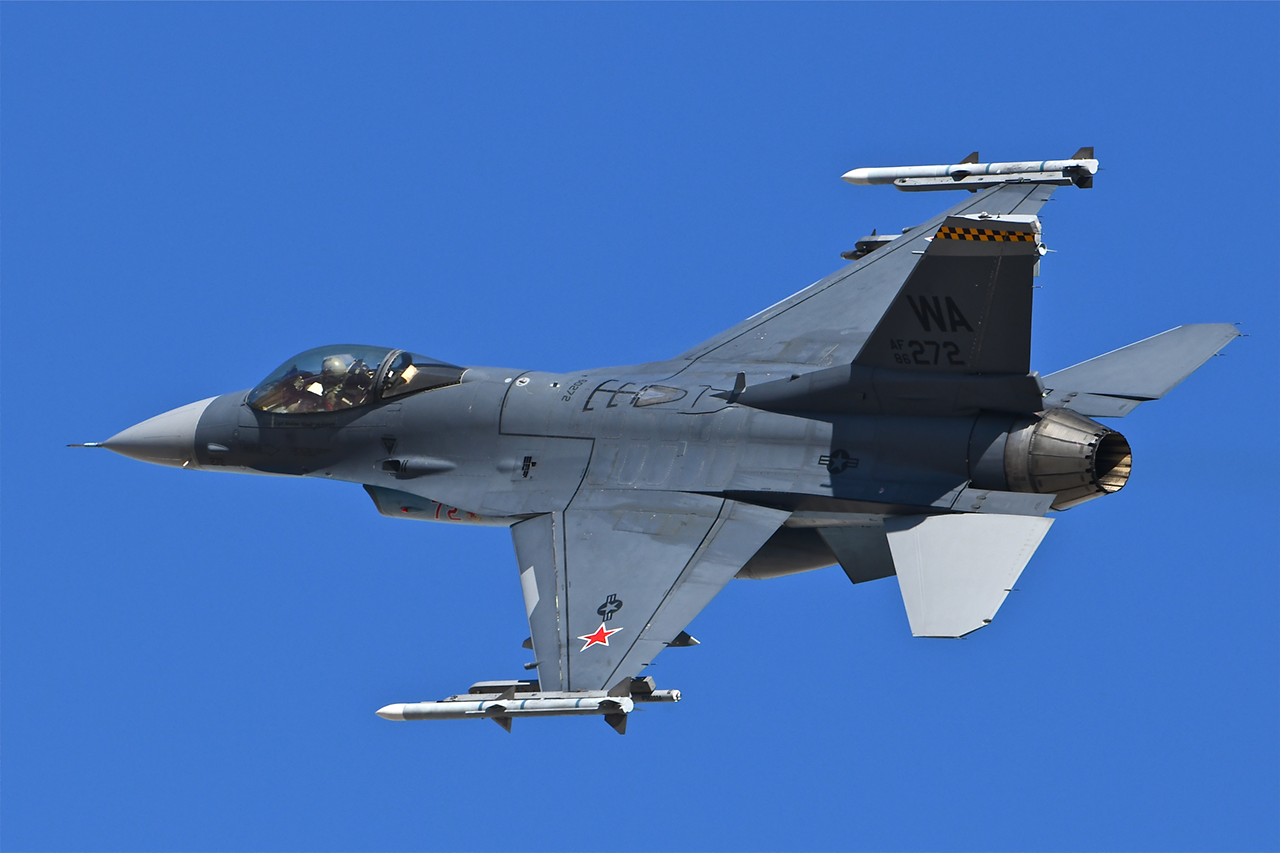
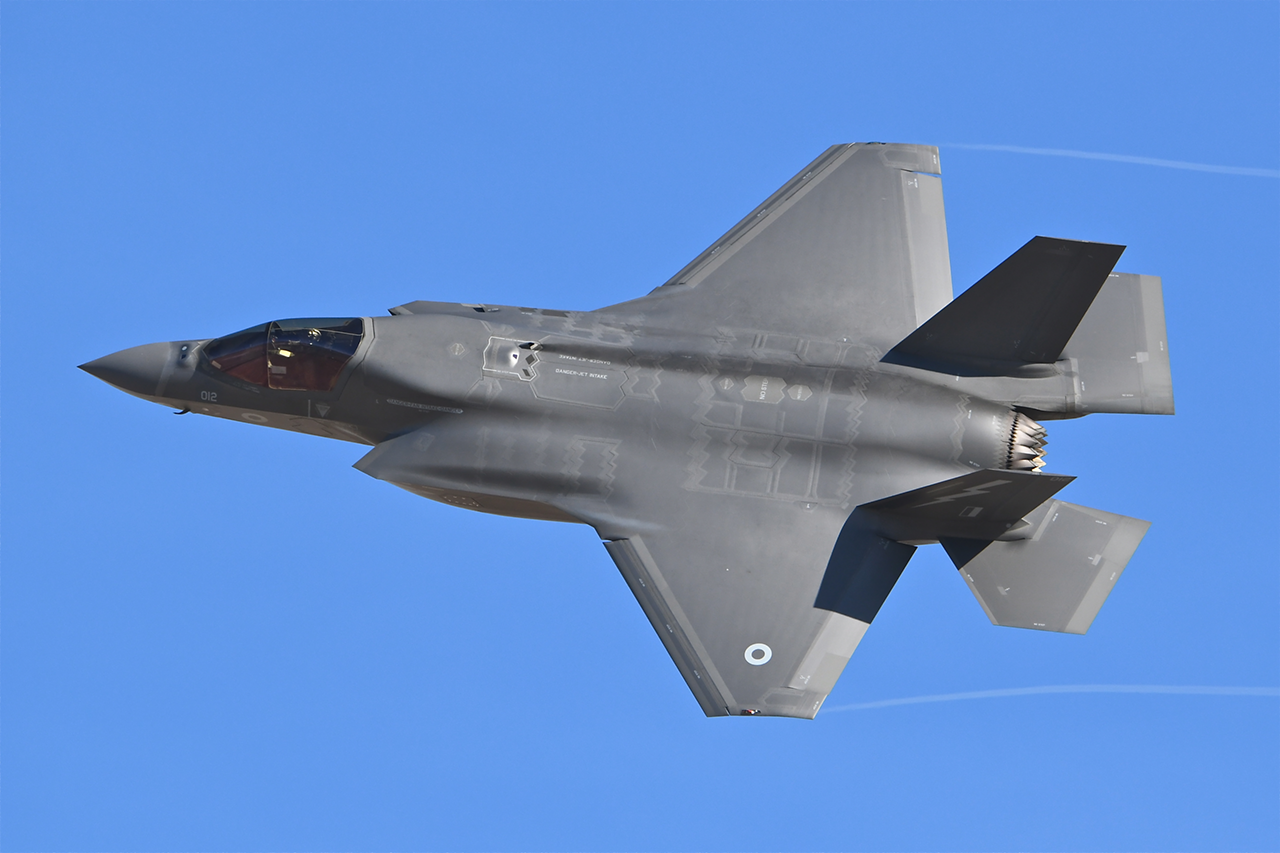
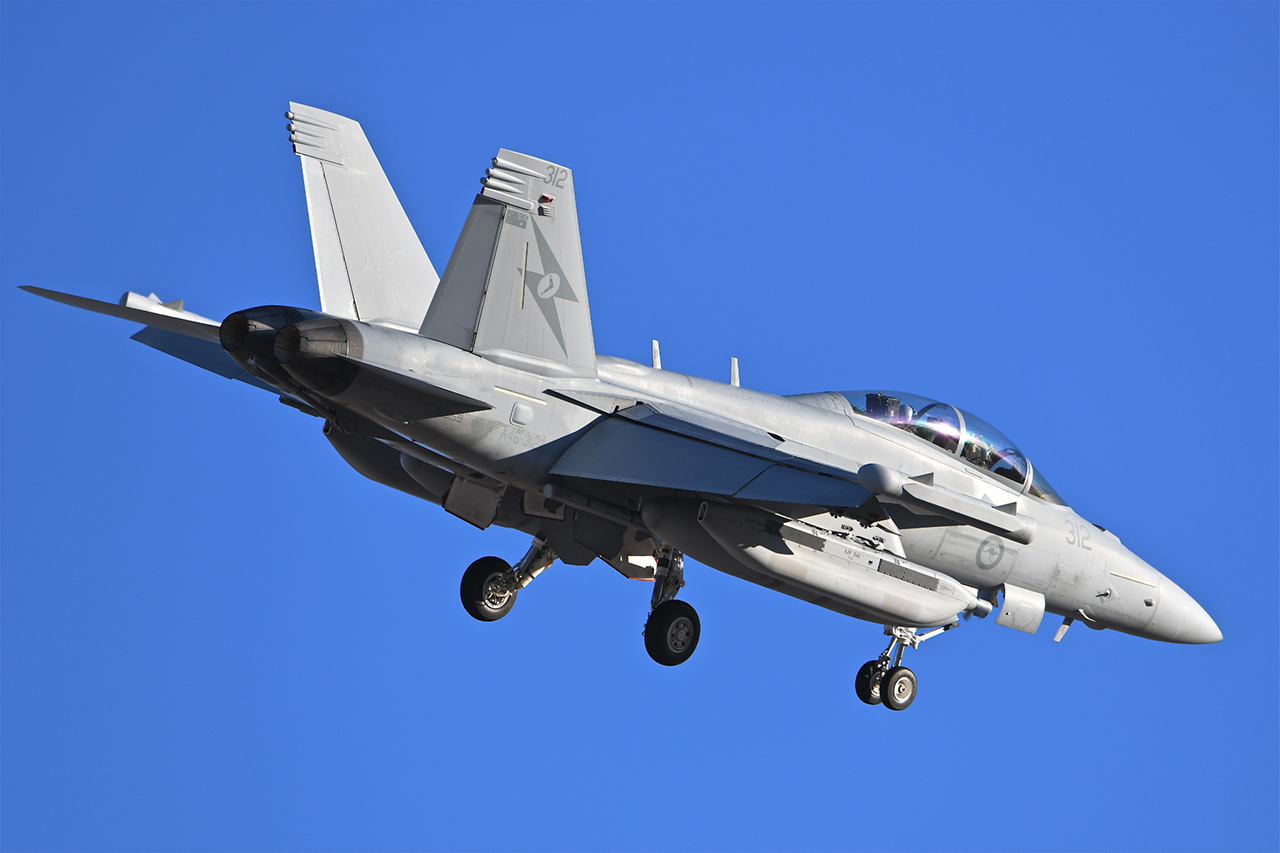
On Friday January 31st, 2020, I was fortunate enough to be able to spend the day outside Nellis Air Force Base, Nevada, photographing the afternoon launch of exercise Red Flag 20-1. There was a lot to be grateful for as a spotter on this day; the sun was shining, the sky was blue and most of the departing aircraft executed the VFR FLEX departure to the north.
Since 1975, Nellis AFB has been home to Exercise Red Flag. Born from lessons learned in Vietnam, Exercise Red Flag has hosted more than 29 countries and exposed over 157 000 aircrew to a realistic threat environment in an effort to enhance their chances of survivability in combat. Planned and controlled by the 414th Combat Training Squadron, military units join together to form an expeditionary force known as ‘Blue Air’, attacking targets located throughout the vast bombing and gunnery ranges of the Nevada Test and Training Range (NTTR), located just north of Nellis. Their opponents, ‘Red Air’, operated by the 57th Adversary Tactics Group, are specially trained to replicate the tactics and techniques of potential adversaries. Camouflaged F-16’s from the locally based 64th Aggressor Squadron have been joined recently by contracted aircraft from Draken International to provide multi-domain training on each mission over the two or three week long course.
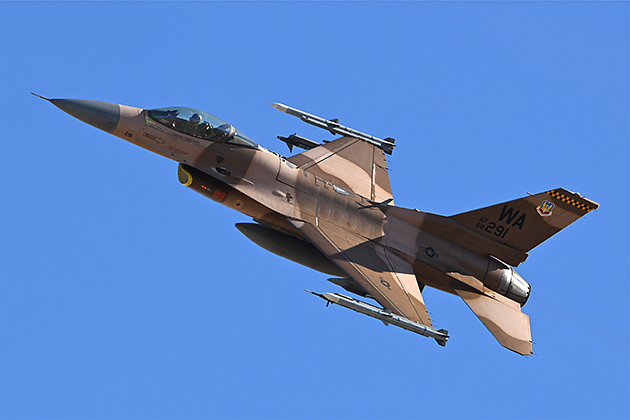
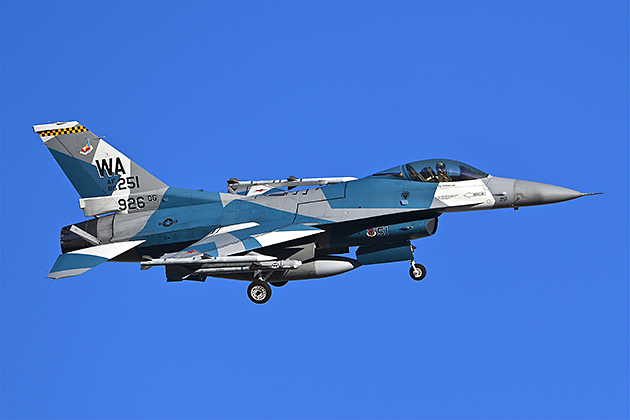
The first exercise each year since 2014 has followed the same format, providing an opportunity for the Royal Air Force (RAF) and the Royal Australian Air Force (RAAF) to train alongside forces from various branches of the United States military. Below is an unofficial list of the aircraft participating in Red Flag 20-1:
- Douglas A-4K – Draken International – Nellis AFB
- Boeing B-1B – 37th Bomb Squadron – Ellsworth AFB
- Boeing E-3 – 960th AACS, Tinker AFB
- Boeing E-7A Wedgetail – 2 Squadron RAAF, RAAF Base Williamtown
- Boeing E/A-18G – 6 Squadron RAAF – RAAF Base Amberley
- Boeing E/A-18G – VAQ 131 – NAS Whidbey Island
- Lockheed Martin EC-130H – 41st ECS, Davis-Monthan AFB
- Lockheed Martin F-16C/D – 64th Aggressor Squadron, Nellis AFB
- Lockheed Martin F-16C/D – 119th FS, Atlantic City ANGB
- Boeing F/A-18F – 1 Squadron RAAF, RAAF Base Amberley
- Lockheed Martin F-35A – 421FS, Hill AFB
- Lockheed Martin F-35B – 617 Squadron RAF, RAF Marham
- Lockheed Martin HC-130J – 79th RQS, Davis-Monthan AFB
- Sikorsky HH-60G – 66th RQS, Nellis AFB
- Aero L-159E – Draken International, Nellis AFB
- Boeing RC-135 – 343rd RS, Offut AFB
- Eurofighter EF-2000 Typhoon FGR4 – 41 Squadron RAF, RAF Coningsby
- Airbus A-330 Voyager – 101 Squadron RAF, RAF Brize Norton
Parallel runways 3L/21R and 3R/21L are used simultaneously to launch and recover aircraft, occasionally in opposite directions.
S. Clish
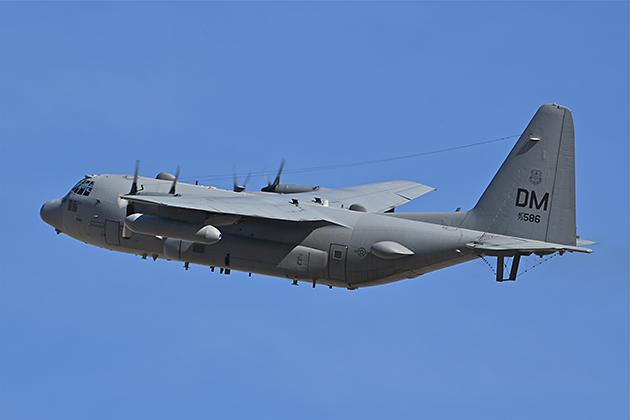
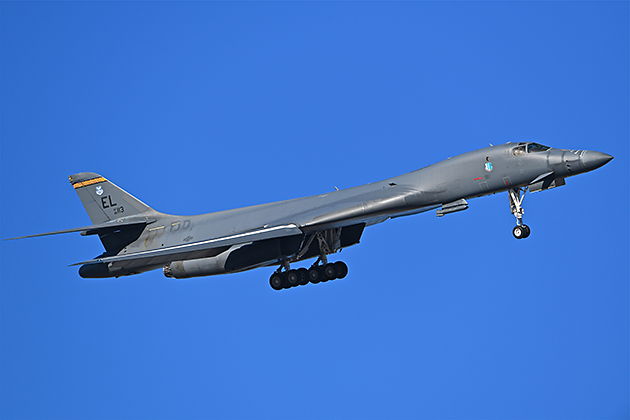
Nellis AFB can be one of the most rewarding, yet challenging bases to photograph. Parallel runways 3L/21R and 3R/21L are used simultaneously to launch and recover aircraft, occasionally in opposite directions. There is almost no access to the east, discouraging any photography in the morning (or early afternoon in the winter). And the bases´s proximity to Las Vegas, including the busy corridors around McCarran International Airport, can dictate which runway is in use regardless of wind direction, especially for aircraft loaded with live ordinance. This can, however, have a positive impact on operations as it means departing and arriving aircraft need to turn sharply to remain in their authorized airspace. The most obvious of these benefits is the FLEX departure.
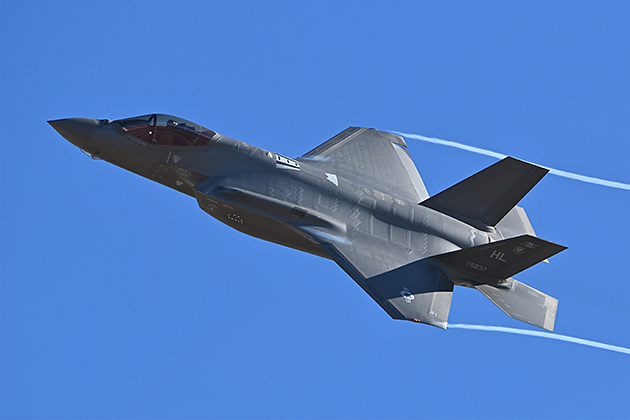
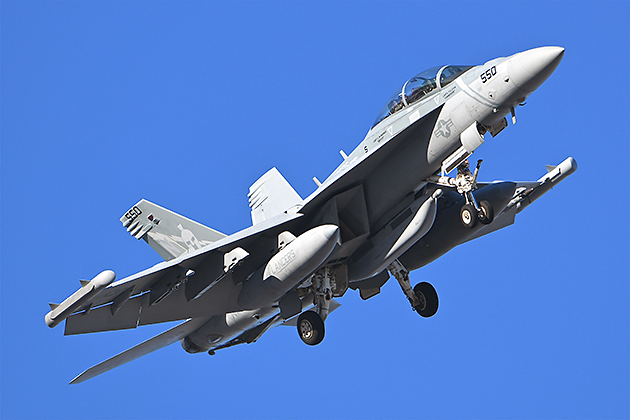
On this day, possibly due to an unserviceable VORTAC, almost all of the departing aircraft off runways 3L and 3R FLEX´d north, banking to the left in the vicinity of Gates 6, 7 and 8 belonging to the Las Vegas Motor Speedway. For those of us patiently waiting on the western gravel of Las Vegas Blvd N, it provided a fantastic opportunity to get some top side pictures and make the most of the harsh sun angle. Launches started around 1330 and continued for about an hour and a half. An extended departure period works in the best interest of the photographer, as the sun angle continues to improve throughout the afternoon. The best example of this was provided by the two B-1B Lancers. Initially taxiing out as a two-ship using the callsigns Intruder 35 and 36, the lead aircraft suffered a malfunction and required an hour of maintenance before becoming airworthy. When Intruder 36 FLEX´d north as the first departure of the exercise, there were still a lot of shadows, and the light was not as rich compared to the sun that illuminated the top side of Intruder 35 an hour later. Of all the types of aircraft participating in this instalment of Exercise Red Flag, the most important one for me personally was the B-1B, due to the uncertainty surrounding its’ future in the United States Air Force inventory.
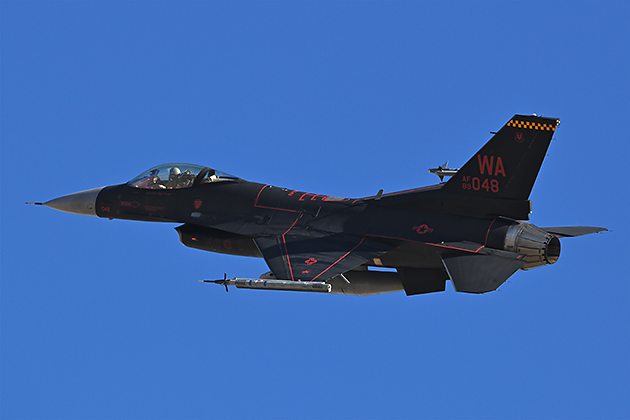
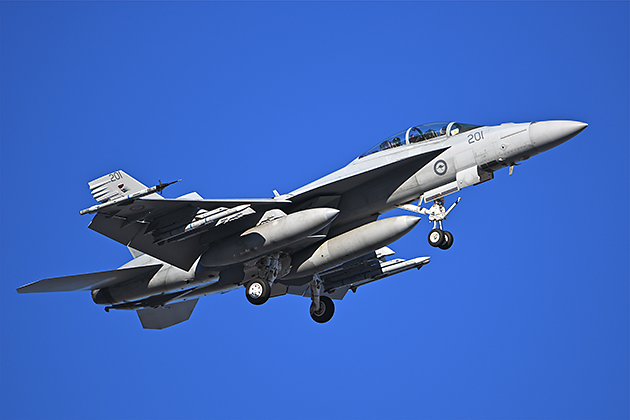
Another highlight was the first Red Flag appearance of Wraith, a recently painted aggressor F-16. The 57th Wing Commander has a strong presence on social media and this has lead to two separate aircraft paint schemes being decided by public vote. The most recent, a black livery with red highlights, was painted in the fall before the base open house, Aviation Nation. The other highlight of the afternoon departure session was the 100th anniversary RAAF F/A-18F Super Hornet. Aside from the aggressor F-16’s there wasn’t much colour at this exercise so the black and yellow tails were a welcome sight.
Launches complete, it was time to change runways and make the journey south to Speedway Gate 4 for the recoveries. This is another opportunity for the base flight patterns to cause frustrations, as aircraft flying the left hand pattern for runway 21L are too far to photograph and the right hand pattern for 21R can become congested, requiring aircraft to extend their downwind leg and turn final too far away to get anything more than a flat profile. Gone are the days when I would chase up and down Las Vegas Blvd trying to photograph every arrival, so I just had to hope enough aircraft would come my way that I could make use of the improving afternoon sun conditions. I was fortunate that my position provided me with beautiful banking opportunities of multiple Growlers, aggressors and both Lancers, which flew overhead right breaking patterns just like the smaller fighters do.
The base is always busy, as it is home to dozens of fighter and attack aircraft and usually has multiple squadrons passing through.
Shawn Clish
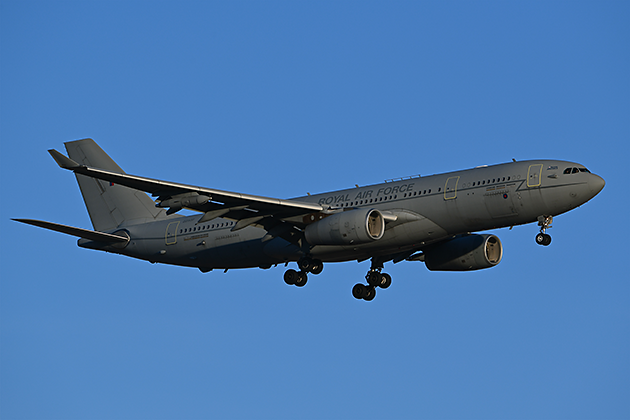
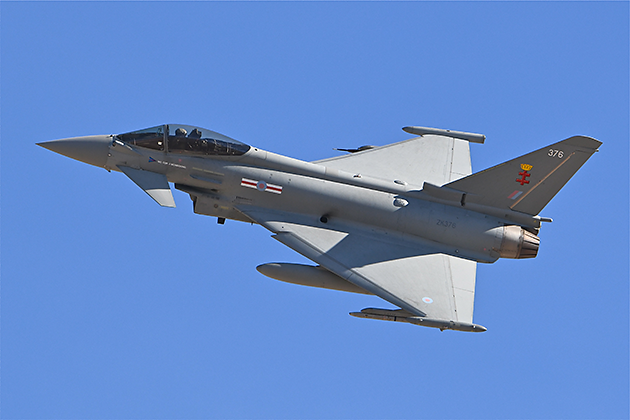
One final note to wrap up Red Flag 20-1. Earlier in the week, Draken International’s first Mirage F1 arrived at Nellis AFB, sporting its’ freshly painted desert inspired livery. Draken has been flying adversary operations out of Nellis using L-159E’s and A-4K’s since 2018, but the arrival of aircraft 574, formerly of the Spanish Air Force, starts a new chapter of contracted ‘Red Air’ in the desert. A product of Dassault Aviation, the F1 is a supersonic, radar equipped fighter that could grow to a fleet of over 20 aircraft, providing participating units with a new challenge on the battlefield and photographers with a reborn opportunity to enjoy an extinct aircraft.
Verdict: Nellis AFB is one of my favourite places to spend the day. The base is always busy, as it is home to dozens of fighter and attack aircraft and usually has multiple squadrons passing through. When Exercise Red Flag is in operation, and the ramps are full of foreign planes, Nellis AFB is busy all day and in to the night. The proximity to Las Vegas, useful for flights, hotels and night life, and the typically clear desert weather make Nellis AFB a requisite location to visit; just plan to spend a few days if you hope to catch all the participants.
Shawn Clish / CHK6

